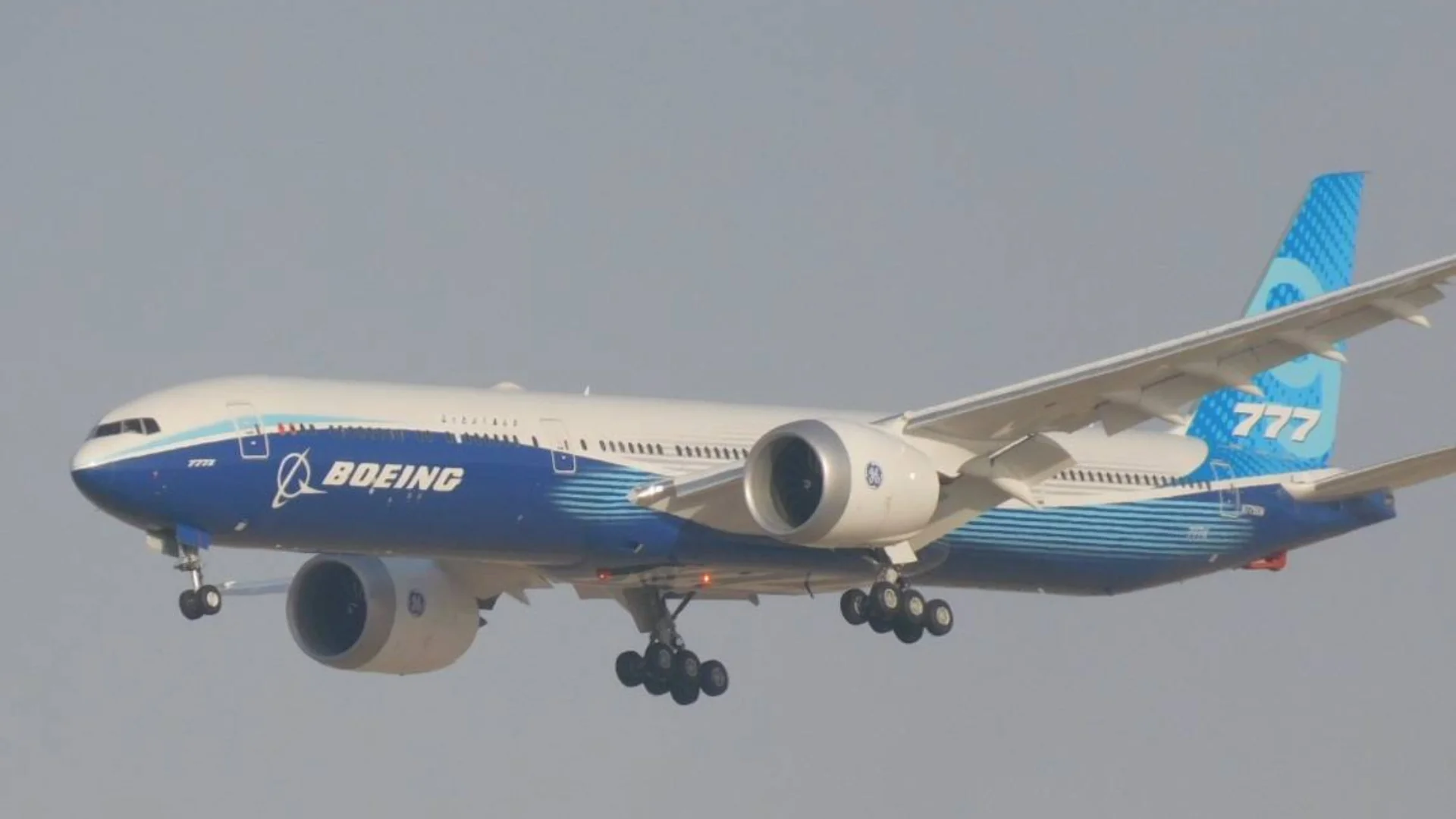In terms of efficiency metrics such as seat miles per gallon (SMPG), which factors passenger capacity with distance flown, current data shows that during cruise at Mach 0.85, the Trent XWB burns about 1,400 US gallons per hour—translating to roughly 95–105 SMPG based on typical seating layouts. This makes it one of today’s most fuel-efficient major commercial aircraft engines.
The GE9X boasts a fan diameter of 134 inches—the largest ever on a commercial jet engine—and can generate up to 134,000 pounds of thrust. It features composite fan blades and other innovations aimed at reducing drag and improving airflow. GE claims it delivers a specific fuel consumption that is about 10% lower than its predecessor (the GE90-115B) and around 5% better than any other twin-aisle engine currently operating. When it enters service with Boeing’s new widebody jets, estimates suggest it will achieve between 100–110 SMPG.
Rolls-Royce reports that each Trent XWB-powered aircraft provides approximately $6.4 million in annual fuel savings compared to previous generations. More than 1,800 units have been sold across over thirty countries since entering service; these engines now power flights on more than five hundred routes worldwide—including Singapore Airlines’ ultra-long-range services between Singapore Changi Airport and New York-area airports.
GE Aerospace has completed extensive testing on the GE9X—including high-cycle endurance runs simulating years of airline use—as part of preparations for its operational debut with Boeing's next-generation airliner. Tyler-Blair Sheppard from GE stated: “we’ve run the heck out of the engine, and customers have been really impressed by the dust test data coming back, which is the equivalent of almost three years of normal use on the engine.”
Looking ahead, both manufacturers are investing in future technologies aimed at further improving efficiency and environmental performance. Rolls-Royce’s UltraFan program—currently under development—features a geared fan system with composite blades designed to reduce weight and improve adaptability across different aircraft types. The first full test took place in 2023; according to Rolls-Royce projections, UltraFan could deliver up to a 25% reduction in fuel burn compared to older models like Trent 700 or around a 10% gain over today’s Trent XWB.
Although UltraFan is not expected to enter service until later this decade or beyond—and there are no immediate plans to retrofit existing Trents with its core technologies—incremental upgrades continue across both manufacturers’ product lines. For example, Rolls-Royce recently introduced an upgrade package for its XWB-84 variant targeting at least a one percent reduction in fuel consumption.
Meanwhile, delays affecting Boeing's certification timeline mean that despite being fully tested and certified itself, commercial deployment of GE9X remains tied to when deliveries begin for new aircraft models.
For now—and until next-generation products reach airlines—the Rolls-Royce Trent XWB remains widely regarded as today’s leader in operational efficiency among large commercial jet engines.
 Alerts Sign-up
Alerts Sign-up




































